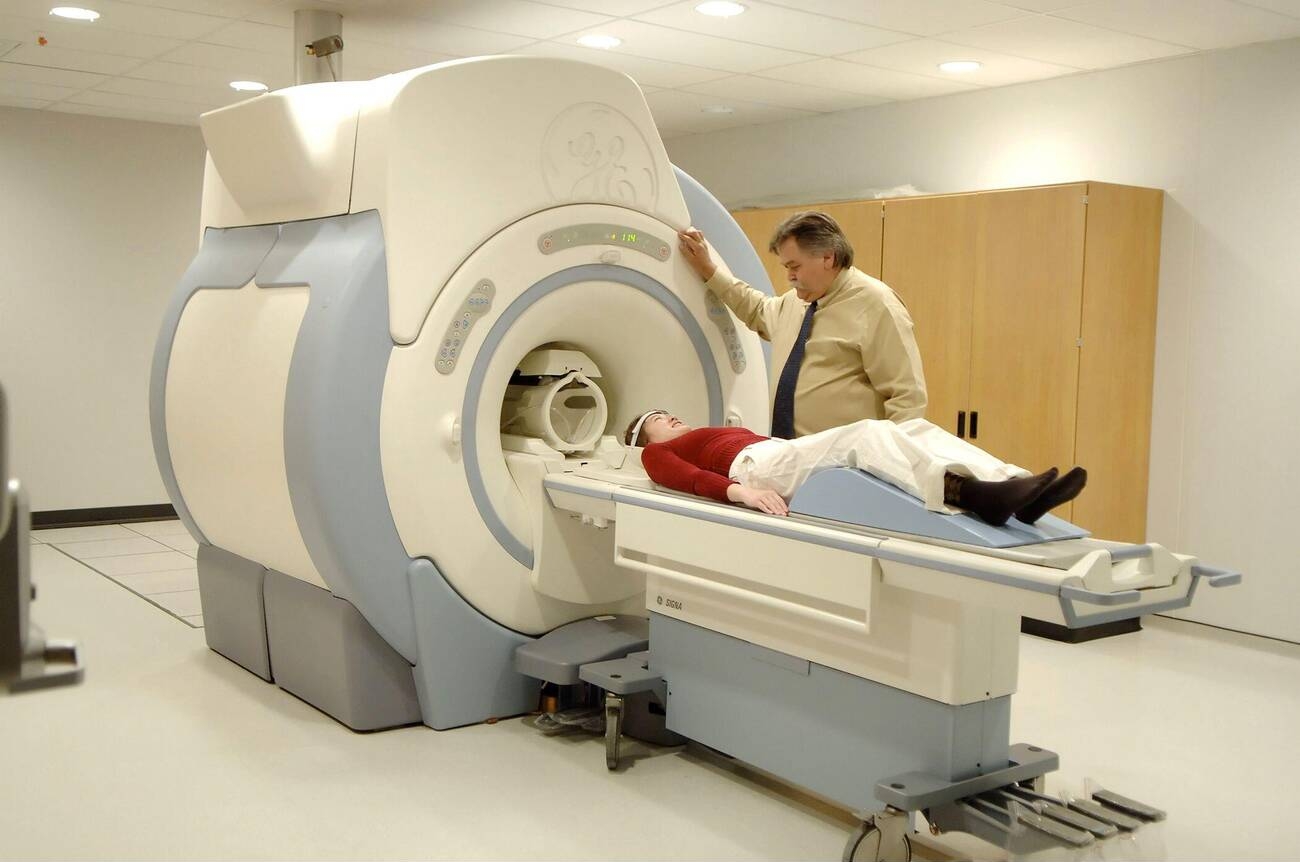
Medical Imaging Technology (MIT) is a dynamic sector that plays a crucial role in the diagnosis and treatment of diseases. For people who are interested in both healthcare and technology, it is a rewarding career because it blends state-of-the-art technology with patient care. This blog’s purpose is to help students and recent graduates get ready for a future in this important sector by providing information on certification criteria, educational pathways, continuing education, and career promotion tactics. The need for qualified imaging technologists is rising as the healthcare sector depends more and more on precise imaging to improve patient outcomes. The field’s scope of practice expands along with technology, offering a plethora of chances to anyone possessing the necessary skills and knowledge.
Medical imaging technology is the broad term for a number of methods that allow one to see within the body in order to monitor or diagnose medical disorders. Nuclear medicine, ultrasound, CT, MRI, and X-ray scanning are among the essential procedures used in the MIT discipline. Every approach, from soft tissue and organ visualization to bone imaging, has unique applications and subtleties.
It is crucial that students thinking about this career route begin with a solid foundation in science, especially in physics, biology, and chemistry. A brief overview of the capabilities and clinical significance of each modality can be obtained from introductory medical imaging courses.
There is a significant educational program that is the first step in becoming a medical imaging technologist. A Bachelor of Science in Medical Imaging Technology is the degree that prospective students should strive for, since it offers the thorough information and useful abilities required in the workplace. Accreditation is important when choosing a program since it guarantees that the instruction satisfies national requirements. State licensure and certification frequently require completion of accredited programs.
Important topics include anatomy, patient care, imaging techniques, and radiation safety should all be covered in a well-rounded curriculum, which combines didactic instruction with hands-on laboratory experiences. The main component of the curriculum is clinical rotations, which give students the opportunity to practice in medical settings under the guidance of seasoned specialists. These rotations not only enhance technical skills but also help develop soft skills such as communication, problem-solving, and ethical decision-making, which are indispensable in everyday clinical practice.
Obtaining certification is an essential step for anyone wishing to work in medical imaging technology. It verifies your knowledge and abilities, giving you an advantage over other candidates in the employment market. Depending on the imaging specialty, certification in the US is normally accomplished through the American Registry of Radiologic Technologists (ARRT) or other accredited organizations.
In order to keep the certification, candidates must fulfill educational requirements, pass an exam, and make a commitment to ongoing study. It takes a lot of study to get ready for these tests, and refresher classes, textbooks, and practice exams that cover a lot of ground on imaging methods, patient care, and ethical norms in healthcare are frequently helpful. Obtaining a certification guarantees that employers will view you as a qualified expert and improves your resume.
In a profession as dynamic as medical imaging technology, ongoing education is crucial. It guarantees that technicians remain up to date on the most recent developments in technology and changing healthcare practices. For recertification, several certifying bodies need a particular amount of continuing education units (CEUs), which can be earned through advanced courses, seminars, and workshops.
Potential earnings and career possibilities can be further enhanced by specializing in a particular field of medical imaging. MRI, CT, and nuclear medicine are examples of specializations that provide technologists with the opportunity to specialize in certain imaging fields. The requirement for continued education throughout a technologist’s career is emphasized by the fact that each specialization calls for more training and certification. In addition to improving employment satisfaction, specialization prepares technologists for careers in healthcare administration, research, and teaching.
In the MIT field, networking is an effective technique. It may result in professional growth, mentoring relationships, and employment prospects. Networking with other industry professionals at conferences, professional associations, and online forums might reveal new trends and job opportunities. During clinical rotations, networking with experts, educators, and peers might lead to future employment prospects.
Proactive involvement and ongoing attendance at professional and community events are necessary to build a solid professional network. Keeping an updated professional profile online is also helpful, especially on sites like LinkedIn where a lot of recruiters in the healthcare industry look for qualified applicants.
A job in medical imaging technology demands commitment to lifelong learning, certification, and education. New graduates and students need to be fully involved in their courses, aim for high scores on certification tests, and never stop learning by taking advantage of continuing education options. Gaining expertise in a certain imaging modality can also improve job prospects by enabling people to take on leadership roles in specialized sections of this essential industry.
Developing a strong professional network and keeping up with market changes are equally crucial. Through networking, one can get assistance, mentorship, and access to new career chances. Institutions such as Little Flower College, Bangalore provide programs aimed at fully preparing students for the opportunities and challenges of Medical Imaging Technology, whether they are just beginning their career path or are already well along it. Graduates can look forward to a vibrant and exciting job playing a critical part in modern healthcare by selecting a respected curriculum, adopting continual professional growth, and utilizing networks within the sector.


